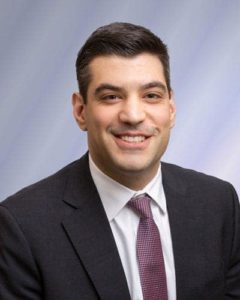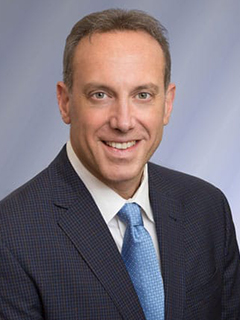Many providers are not properly capturing several services on the MDS and therefore are missing out on higher reimbursements under the new Patient Driven Payment Model, consulting experts cautioned Wednesday.
“We’re clearly seeing that there is an awful lot of acuity that’s being missed on the MDS. People are still not capturing the MDS accurately in order to capture the best PDPM rates — and they won’t be for awhile. It’s just an incredible learning curve that we’re on,” Steven Littlehale, chief innovation officer for Zimmet Healthcare Services Group, a consulting firm for post-acute providers, told McKnight’s.

Zimmet Healthcare released a reimbursement analysis that examined October Medicare billing for skilled nursing facilities under PDPM. The analysis reviewed more than 20,000 claims from 623 SNFs (both for-profit and nonprofit facilities) across 35 states and the District of Columbia. PDPM, which began Oct. 1, is the new payment system for nursing home providers that replaced the Resource Utilization Group (RUG) system.
Some top missed opportunities include accurately coding for swallowing disorders; shortness of breath; lying flat assessments for COPD patients; and one-time revenue codes associated with NTA [Non-Therapy Ancillary] drivers, explained Vince Fedele, Zimmet’s director of analytics.
“That natural progression of coding and documentation and accuracy is really going to be significant and support the rate projection that we put in (the analysis),” Fedele said.
$40 per day difference
Providers’ documentation mistakes can be learning experiences, Fedele noted. He also believes documentation will become more accurate over time.
“The hiccups that we typically see are often associated with the confusion regarding whether or not a specific code is required or a checked box is required to generate a PDPM score. In addition to the fact that there were some issues with not coding an NTA driver or a speech driver in the proper section in the I8000 — that I think a lot of the providers were experiencing, as well,” Fedele said.

The mistakes could also mean a $40 per day difference in capturing for certain services and diagnoses, like depression, Zimmet Healthcare President Marc Zimmet explained.
“The case-mix states blow away the non-case-mix states in depression capturing. It’s states like Illinois, states like New York, that have used the RUG-IV system, that are at a big advantage when it comes to depression, which is a $40 per day kicker — 70% of the claims,” he said.
Fedele clarified that SNFs in those states are “just really practiced in doing the depression assessment on the MDS.”
“Just to be clear: It doesn’t mean they’re treating depression and other people are not. It just means they’re very practiced at the documentation and coding it on the Minimum Data Set,” he said. “In that case, the practice makes perfect with PDPM. The rest of the industry needs to catch up with that kind of practice.”
Higher reimbursements overall
Overall, the analysis showed that providers saw higher reimbursements under PDPM when compared to the RUG-IV system.
The PDPM-realized average for SNFs was about $615 per day, while it was simulated to be $563 per day under RUG-IV — a net difference of $52.07 per day. Additionally, the analysis showed that 91.% of SNFs were “winners,” meaning they enjoyed a positive PDPM impact, while just 8.5% experienced a negative impact, or were “losers” under the new model.

The report noted that SNFs enjoyed a rare benefit when PDPM began Oct. 1. The start date was considered “Day 1” for patients already in-house prior to the transition, regardless of when their benefit period began. Providers “won’t enjoy that universal benefit again,” Zimmet said. The rates for November will likely drop about 3%, he pointed out.
“That $614 would come down $18 or so, which would still bring us, by the way, $26 per day more. Even if it came down a 4% correction for the bump, it would stay put as $26 per day more than than budget-neutral,” Zimmet said.
Looking ahead, Zimmet said a rate calibration will be likely at some point under PDPM. He also warned of tougher audits for SNFs, and providers should ensure that “everything being captured is being documented.”
“I think that there’s a lot of opportunities. I think we’ll have upward trajectory,” Zimmet said. “I think it’ll be very, very hard to avoid 2012’s fate, if it continues, of some type of recalibration. There will definitely be tweaks to the rates. There has to be.”





